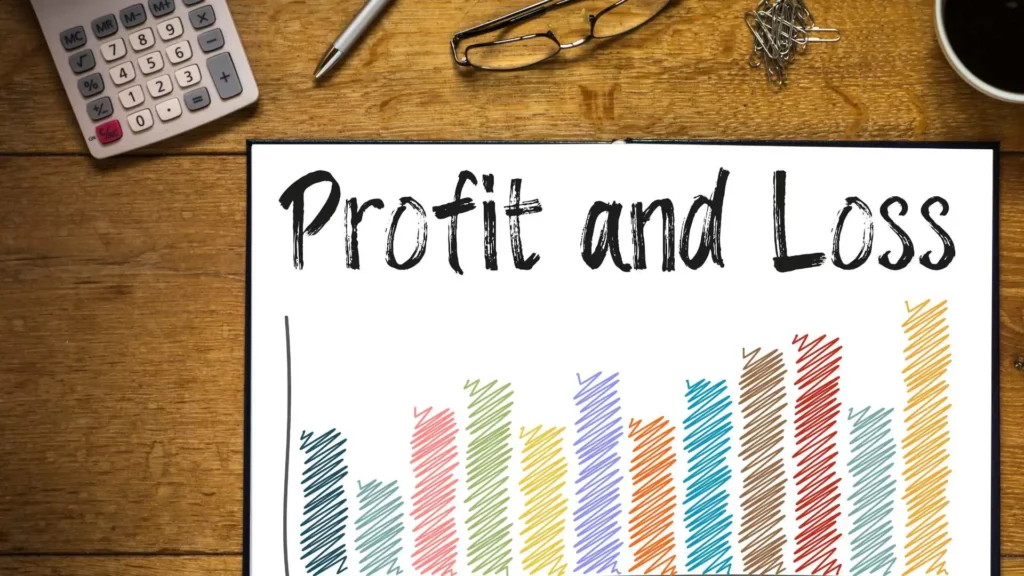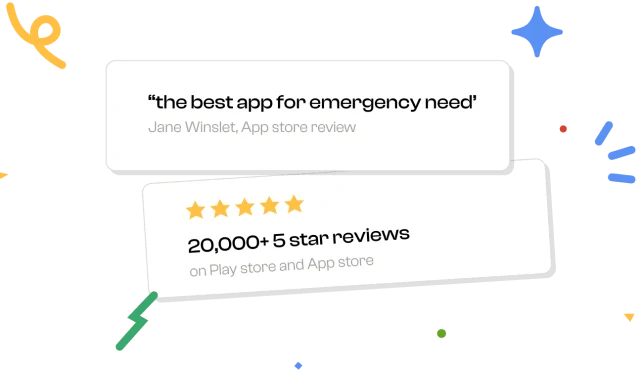If you are new to the world of investing, you probably still have a number of questions about all the options out there. While stock options in major corporates are the most obvious choice, it is important to explore other options and Exchange Traded Funds (ETFs) are one of those.
What are ETFs?
ETFs are funds that hold a number of different assets as opposed to just stocks. ETFs include investments in stocks, bonds and other assets. ETFs are similar to stocks on an exchange as they can be traded in a manner similar to stocks.
ETFs are a more convenient way to diversify your investment portfolio. You have the ease of investing in multiple assets without having to invest in each of them individually. A single ETF can give you exposure to hundreds, if not thousands, of investments.
Also Know: Mutual funds vs Index funds: What’s the difference?
How do ETFs work?
When you invest in an ETF, you don’t own the entire portfolio. You own a portion of the fund, while the underlying assets are still owned by the brokerage firm. As an investor in an ETF, you receive dividends from the assets in the fund.
A brokerage firm usually purchases a number of underlying assets to add to the fund. A fund is then created and the performance of each of these assets is assessed. Once created, shares in the ETF are sold to potential investors.
Even though ETFs offer investors a diversified portfolio, it should be noted that the assets that comprise an ETF can sometimes be assets from the same industry. Much like stocks on an exchange, ETFs are traded during the trading day.
Types of ETFs
The following are the types of ETF options available:
- Stock ETFs: These are ETFs that are created for long-term investment growth and usually carry a higher risk than other ETFs. These ETFs comprise primarily of stocks.
- Bond ETFs: Bond ETFs include bonds from corporates and governments and other fixed-income securities.
- Commodity ETFs: Commodity ETFs are investments in physical commodities such as metals, oil, agricultural goods and products among many others.
- Industry ETFs: Investments in these types of ETFs include assets from a specific industry
- Index ETFs: Index ETFs include assets from a specific market index. These ETFs are comparatively low-risk investments and offer investors the security and reliability of an index fund.
- Currency ETFs: Currency ETFs are investments made in foreign currencies.
How are ETFs different from Mutual Funds?
ETFs and mutual funds are similar because they both include a variety of assets in a single investment. But that is essentially where their similarities end.
Unlike mutual funds, ETFs have a significantly lower expense ratio, making them more cost-efficient. This is because the fund manager in a mutual fund is constantly making decisions about the assets that should go into the fund.
As an investment, ETFs are far more tax-efficient than mutual funds. When an investor exits or enters a mutual fund, the fund manager sells or buys securities for the fund. If the sale of securities results in a profit, all investors in the fund will be required to pay capital gains tax regardless of their transactions.
Mutual funds are also traded only at the close of the day. ETF’s on the other hand are traded during the exchange day which gives the firm the advantage of selling and buying securities when the prices are most favorable.
How to invest in ETFs
Step 1: Open a brokerage account
To begin, you will have to open a brokerage account. When investing in ETFs, online brokers might be a better option than full-service brokers since they offer discounts on commission fees. Full-service brokers tend to be far more expensive.
Step 2: Compare ETFs
There are a number of options available when it comes to investing in an ETF and the cost of these vary across funds. It is important to compare the ETF before you invest. Some of the things to look out for include the administrative expenses, commissions, holdings, volume of investors in the fund, overall performance, and trading prices.
Step 3: Trading
Once you have done your research and settled on an ETF that works best for you, you can begin trading. An important thing to keep in mind when trading is that ETFs are designed to be low-maintenance investments. While market fluctuations are inevitable, make sure not to be too hasty when trading.
Why you should invest in ETFs
Here are some advantages of investing in an ETF:
- Cost-efficiency
Individually, all the stock options available on an ETF would be quite expensive. When you invest in an ETF you get ownership of all of these assets at a significantly lower cost.
- Diverse portfolio
A diverse portfolio protects your investment from market fluctuations. ETFs are the easiest way to build a diverse portfolio since most high-volume ETFs contain a wide range of stock options.
- Liquidity
Unlike mutual funds, buying or selling ETFs is fairly simple and can be done at a moment’s notice.
- Transparency
ETF holdings are disclosed every single day so a quick search on the internet can easily give you the prices for that particular stock day. With mutual funds, prices are disclosed at monthly or quarterly intervals.
ETFs are the ideal investment options for investors who are relatively new to the investment world. They offer simple ways to diversify your investment portfolio and offer reliable returns.




















